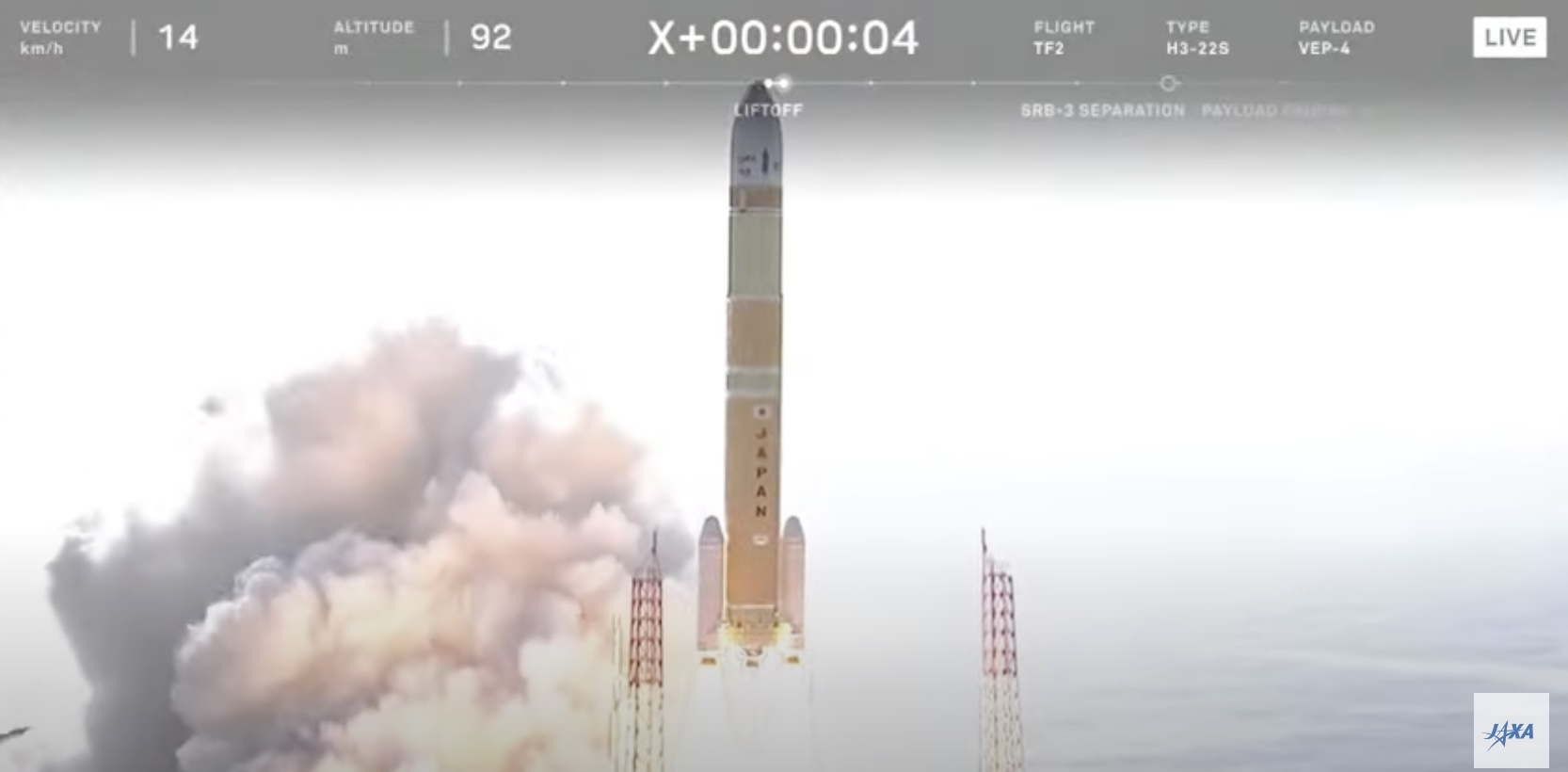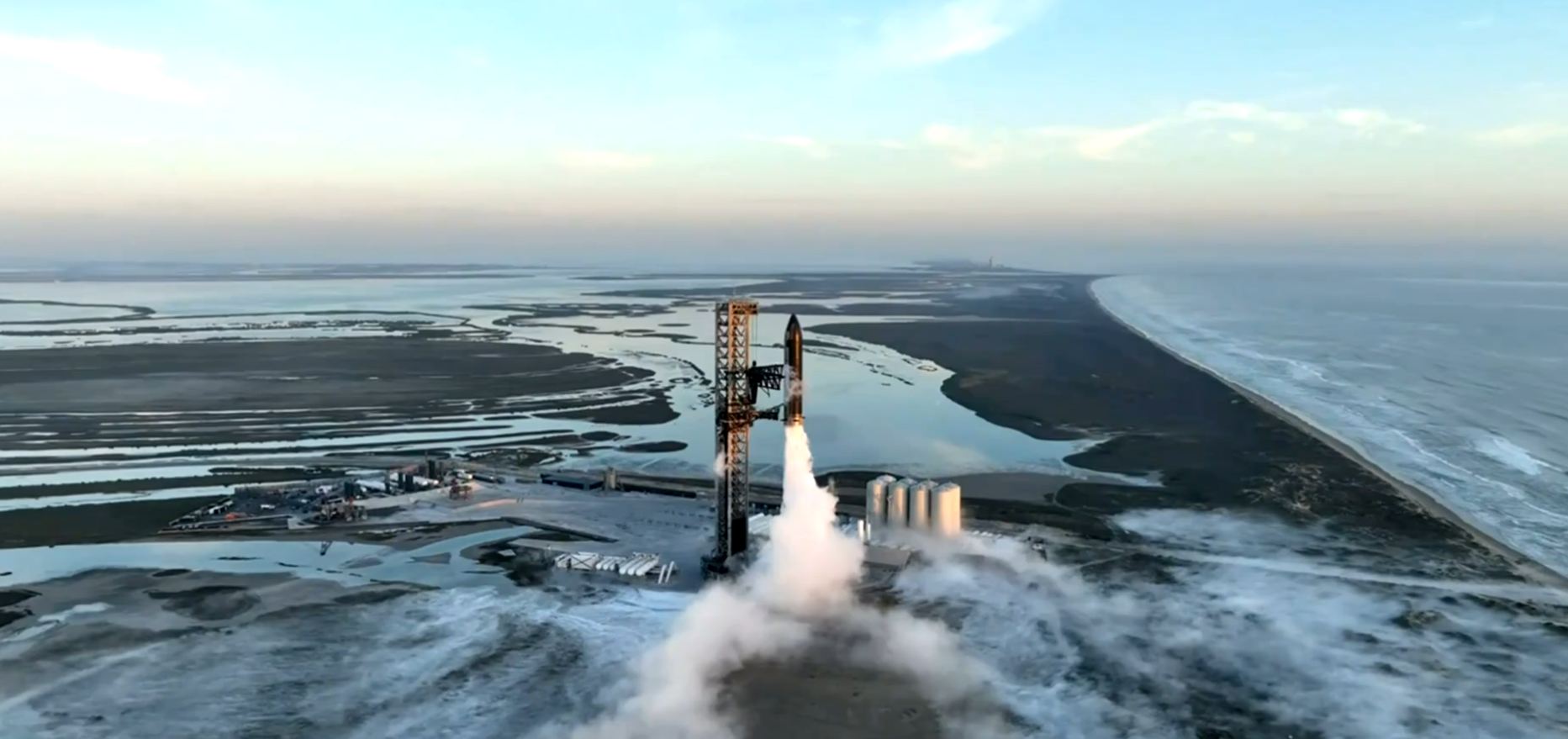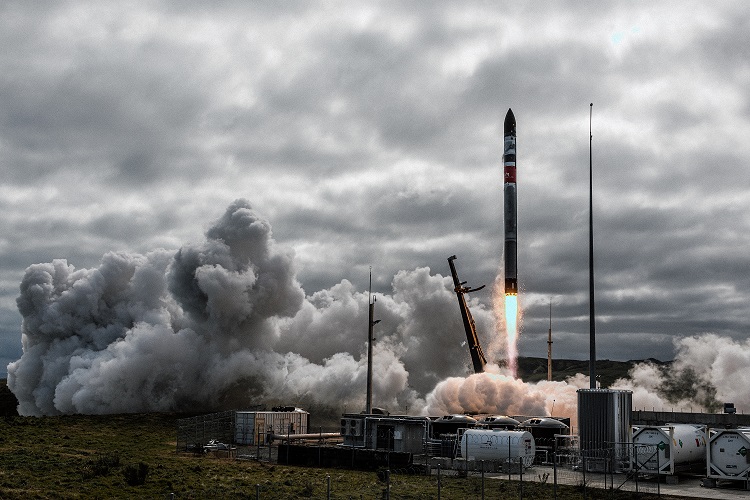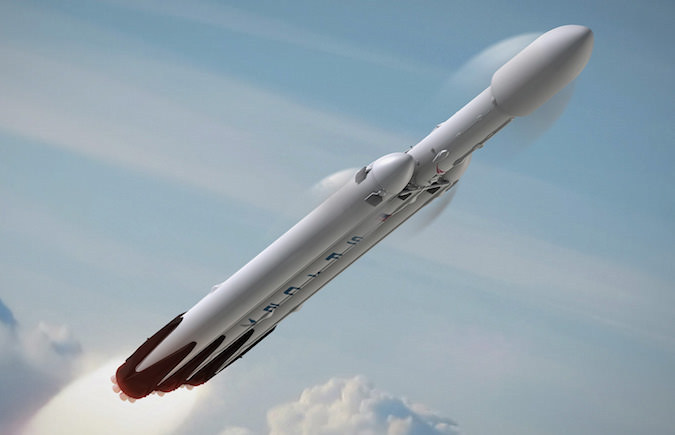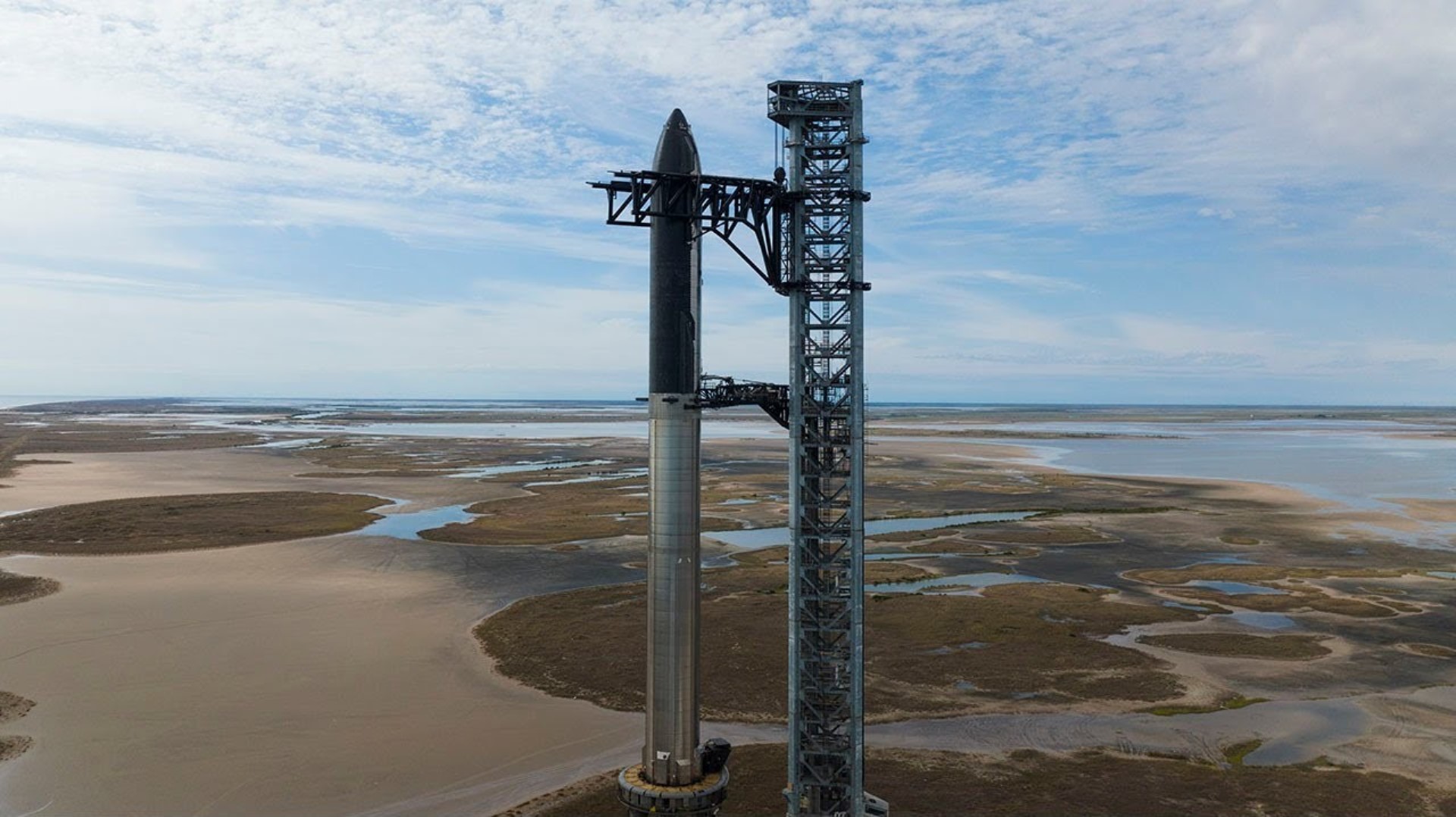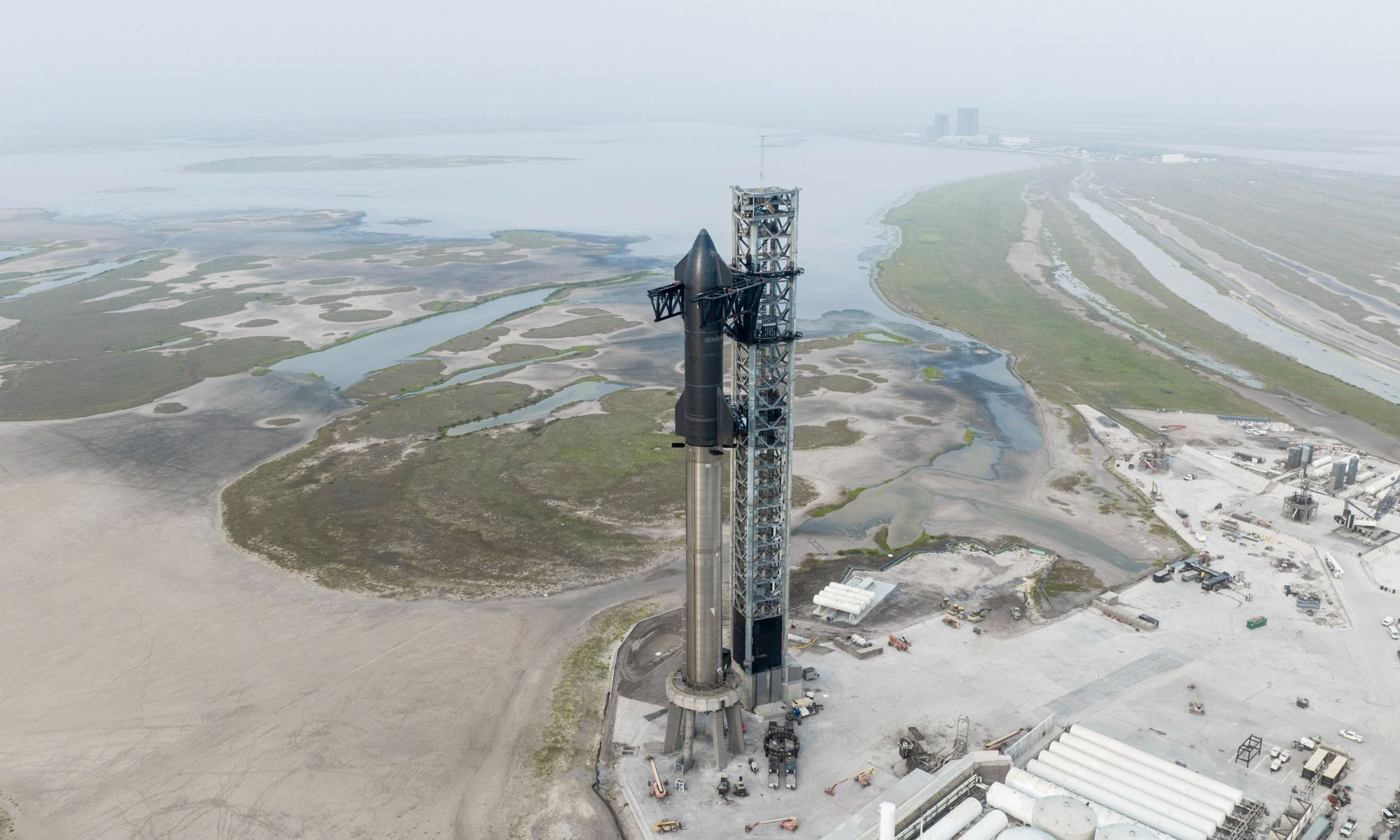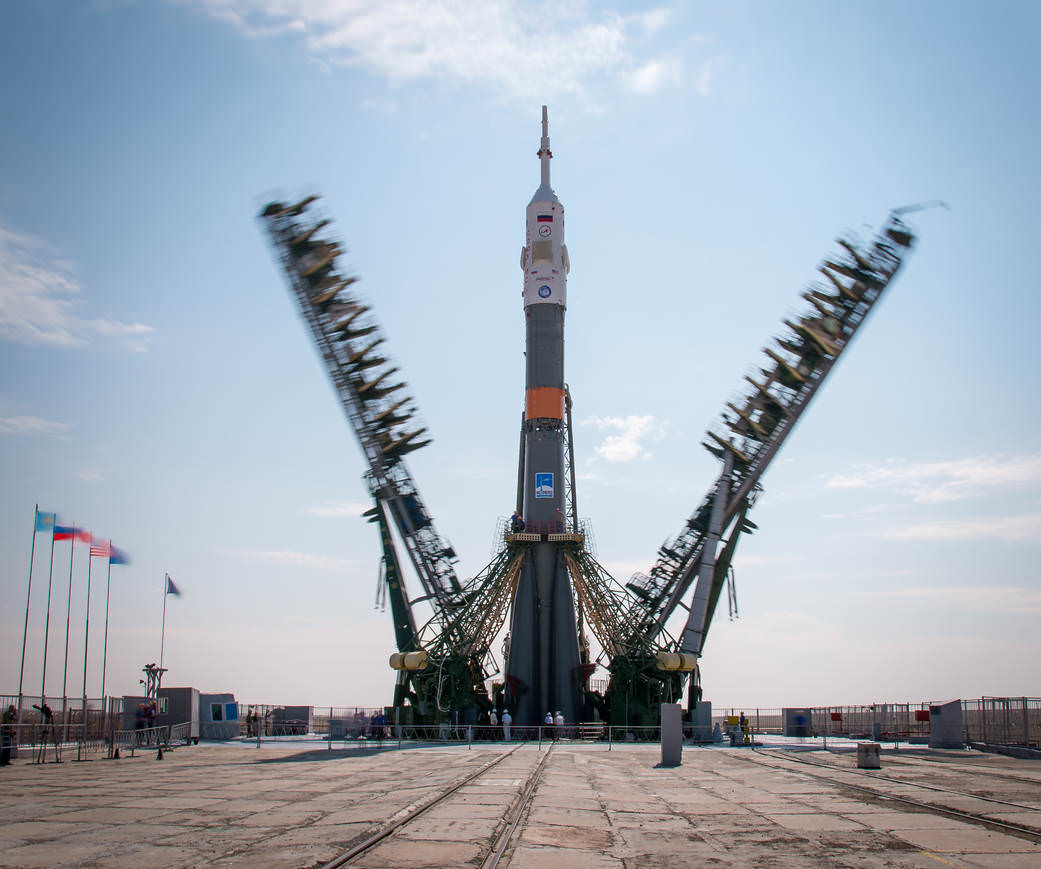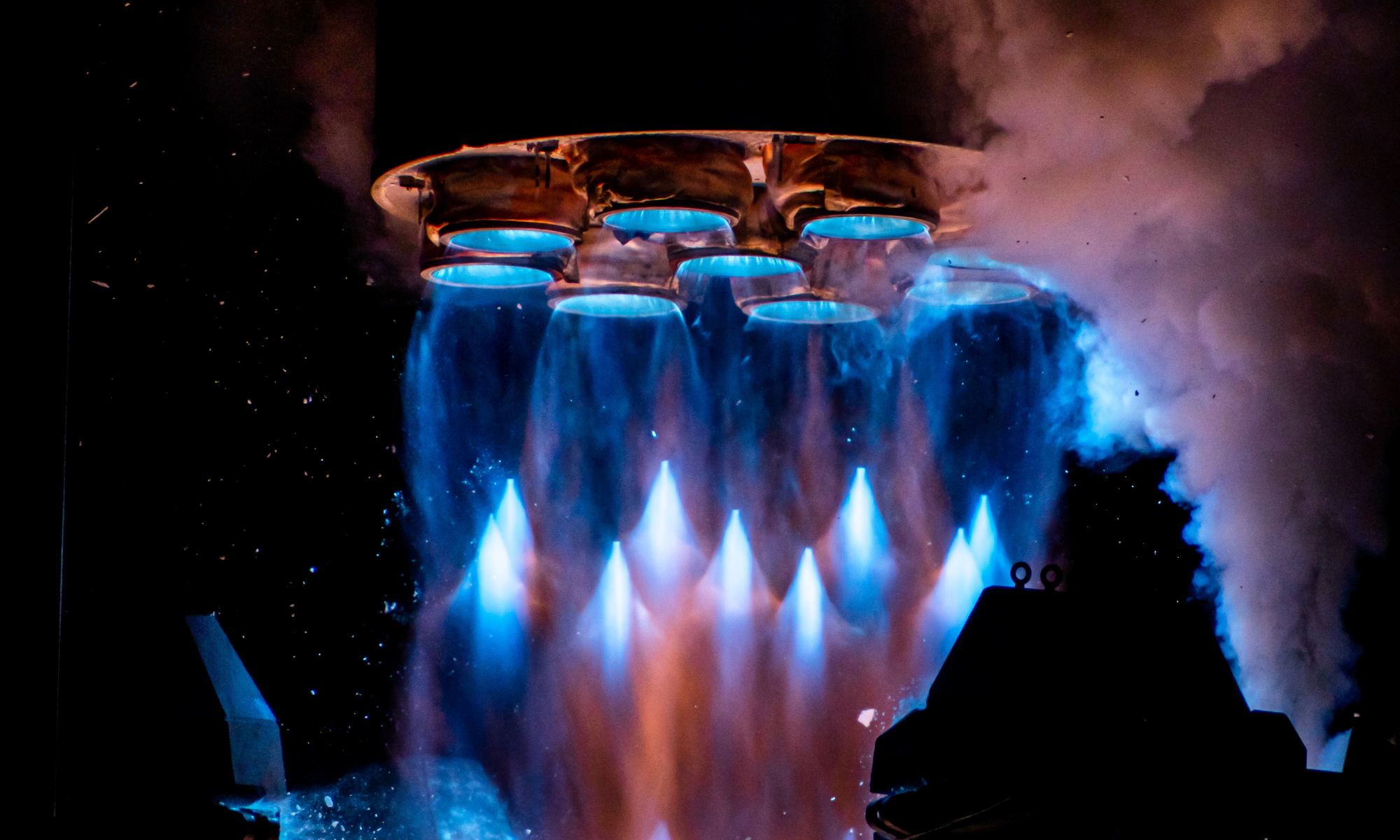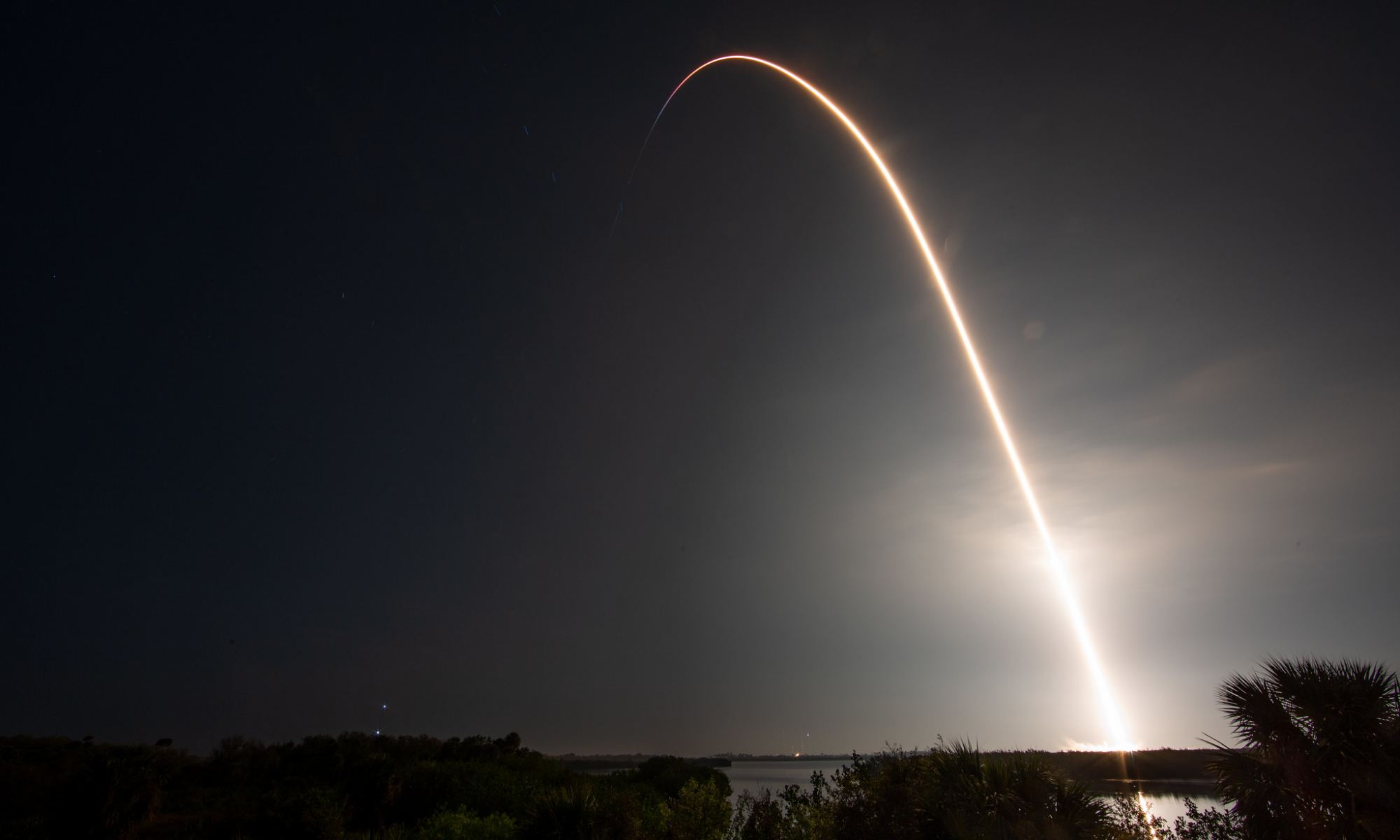The European Space Agency (ESA) launched its final Vega rocket this week, lofting a Sentinel-2C Earth observation satellite into orbit. This wraps up 12 years of service and 20 successful flights for the venerable Vega. The rocket launched several well-known missions, including LISA Pathfinder (2015), the Earth-observing satellites Proba-V (2013), and Aeolus (2018). ESA will now launch these types of payloads on the new Vega-C rocket, capable of launching heavier payloads at a lower price.
Vega’s final launch was on September 5, 2024 from Europe’s Spaceport in French Guiana, and ESA said that it was fitting the rocket boosted to orbit one of the Sentinel satellites, as Vega had previously launched Sentinel-2A in 2015 and Sentinel-2B in 2017.
Continue reading “The Final Vega Rocket Blasts Off”

